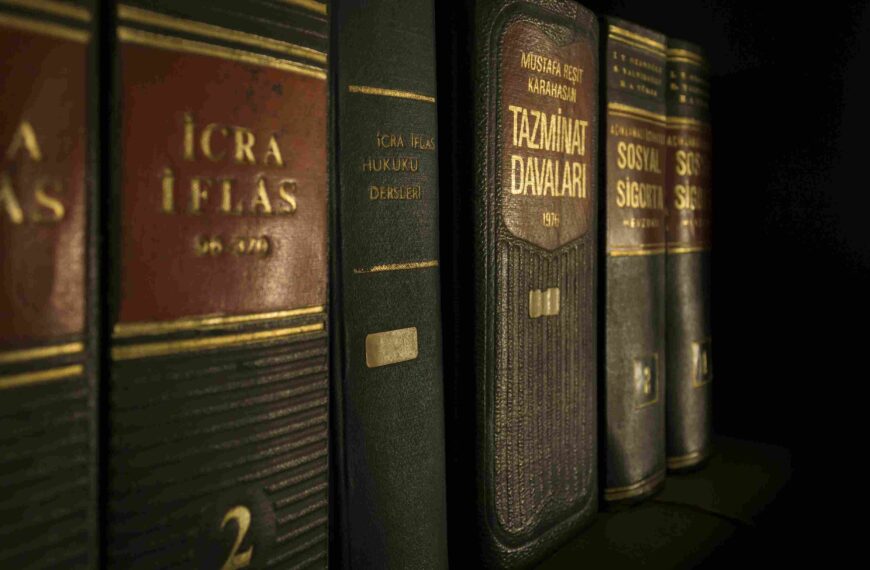
Gavel & Handcuffs on wood table. CLICK TO SEE MORE!
Bhartiya Dand Sanhita: A Paradigm Shift in Criminal Law
Criminal law is the branch of law that defines and punishes various offenses against society, the state, and the individual. It also lays down the principles and procedures for the administration of justice. For over a century and a half, India adhered to the Indian Penal Code (IPC), a legal framework established by the British colonial administration in 1860. However, as societal norms evolved and constitutional values gained prominence, criticisms of the IPC mounted. Many argued that the code had become antiquated, ill-equipped to address modern challenges, and in conflict with the fundamental rights enshrined in the Indian Constitution. This discourse underscores the imperative for legal reforms that align with contemporary principles of justice, equality, and human rights.
In 2023, the Parliament of India passed the Bhartiya dand sanhita, which is the new criminal code of India. The Bhartiya dand sanhita aims to provide a comprehensive, modern, and progressive framework for criminal law, following the changing needs and aspirations of society. The Bhartiya dand sanhita introduces several changes and reforms in the existing law, such as adding new offenses, increasing punishments, introducing community service, and simplifying the language and structure of the law.
The Bhartiya dand sanhita is not merely a revision or amendment of the IPC, but a complete overhaul and replacement of the old law. The shift from the Bhartiya ‘Dand’ Sanhita (Indian Penal Code) to the Bhartiya ‘Nayay’ Sanhita (Indian Justice Code) marks a fundamental change in legal philosophy, emphasizing justice over mere punishment. As the Delhi Police Commissioner Sanjay Arora said, “Initially, it was focused on simultaneously punishing the accused and delivering justice to the victim. “The contemporary focus lies in a multifaceted approach: prevention of crime, safeguarding the rights of both the accused and the victim, and fostering the rehabilitation and reformation of offenders. This holistic perspective not only addresses immediate concerns but also endeavors to cultivate a more equitable and compassionate legal system that serves the broader interests of society.”
The Bhartiya Dand Sanhita stands as a landmark legislation, anticipated to inaugurate a new era of criminal justice in India, promising accountability, transparency, and fairness. Nevertheless, the Bhartiya Nayay Sanhita (BNS) is not without its share of challenges and criticisms, ranging from concerns surrounding its implementation and interpretation to questions about its real-world impact. In this article, we delve into the nuances of the BNS, exploring its notable features, merits, and drawbacks, while also drawing comparisons with its predecessor, the Indian Penal Code (IPC). We will also analyze the views and opinions of various experts, stakeholders, and famous personalities on the Bhartiya dand sanhita.

Some of the major changes that BNS introduced are:
- It adds community service as a form of punishment for certain offences.
- It removes sedition which is defined in section 124a and also adultery which is defined in section 497 as offences, as they have been struck down by the courts.
- It removes Same Sex Offence (Offence of Homo sexuality) which is mentioned in section 377, as it is declared unconstitutional by the Honourable Supreme Court.
- It adds terrorism and acts endangering the sovereignty, unity and integrity of India as offences, with severe penalties.
- It increases the penalties for several offences, such as rape, murder, kidnapping, and theft.
- Section 302 is changed in BNS which at first stands for Murder but in BNS it is defined as Snatching and Section 420 is removed in BNS.
- In IPC Section 498a is defined as Cruelty to Wife but it changes to Section 84 in BNS.
- Now in BNS, Section 109 is defined as Organized Crime and Section 110 is defined as Petty Organized Crime.
- Section 111 is provision for terrorist attacks and Friend of Terrorists but in IPC it isn’t defined anywhere.
- It adds Section 150 as an Act Against the Sovereignty and Unity of India.
- It adds the provision of Mob Lynching in Section 101 in which the punishment is 7 years or the Death penalty also mentioned.
- In IPC the provision for murder is 299, 300, 301, and 302 is defined as punishment for murder but in BNS, Sections for Murder are 98, 99, 100, and 101.
- Section 98: Culpable Homicide: It is a legal term that refers to the unlawful killing of a person with the intent to cause death or the knowledge that such an act is likely to cause death. It is an offence under common law and is roughly equivalent to the offence of Manslaughter (murder, killing) in the law of England and Wales.
- Section 99: Defines Murder.
- Section 100: Culpable Homicide not Amounting to Murder.
- It adds Section 69: Sexual Intercourse on False Pretext. Example: If any person makes sexual intercourse with women on the false promise of marriage, job, etcetera, it comes under crime and amounts to punishment.
- It doesn’t add any provision for Marital rape.
- It gives provision for Rape in Section 63 and punishments for rape are in Section 64. In IPC Rape is mentioned in Section 375 and punishments for Rape are mentioned in Section 376.
- In IPC Section 420 is defined provision for Cheating but it changed to Section 316 in BNS.
- In IPC section 307 defines “Attempt to Murder” but changed to Section 107 in BNS.
- In IPC Section 120B defines Criminal Conspiracy but in BNS it changes to Section 61 and Section 120 defines “Hurt/ Grievous hurt” in BNS.
- In IPC Defamation is defined in Section 499 and their punishments are mentioned in Section 500 but in BNS, Defamation is defined in Section 354, whereas in IPC section 354 is defined as “Outraging Modesty of Women”.
Some of the famous people who have commented on the BNS are:
Prime Minister Narendra Modi: “The bhartiya dand sanhita is a historic achievement for our nation. It reflects our commitment to uphold the rule of law, the dignity of life, and the values of our constitution. It pays homage to the visionary ideals of our founding fathers, envisioning a society anchored in justice and compassion.”
Chief Justice of India N.V. Ramana: “The introduction of the Bhartiya Dand Sanhita marks a significant stride towards streamlining and rationalizing criminal law. By enhancing accessibility and clarity, it promises to empower the common populace with a better understanding of legal provisions. Moreover, by alleviating the burden on the judiciary, it holds the potential to expedite the dispensation of justice, ensuring swifter resolution of legal disputes and fostering public trust in the legal system.”
Former Attorney General Soli Sorabjee: “The Bhartiya Dand Sanhita presents a nuanced tapestry of both laudable advancements and concerning setbacks. While applauding progressive measures like the abolition of the death penalty, recognition of marital rape, and decriminalization of defamation, it’s imperative to acknowledge the regressive aspects. Expansions in sedition laws, curtailment of bail, and erosion of the presumption of innocence raise valid concerns, underscoring the delicate balance between societal progress and the protection of fundamental rights within the legal framework.”
Human Rights Activist Arundhati Roy: “The Bhartiya Dand Sanhita has drawn sharp criticism as a draconian and oppressive legal instrument that encroaches upon the fundamental rights and liberties of individuals. Seen as a tool wielded to stifle dissent, criminalize peaceful protest, and undermine democratic freedoms, it perpetuates a system of injustice favoring the powerful over the marginalized. In its application, the law often serves the interests of the privileged elite, exacerbating social inequalities and further marginalizing the voices of the poor and disenfranchised.”




Nice information